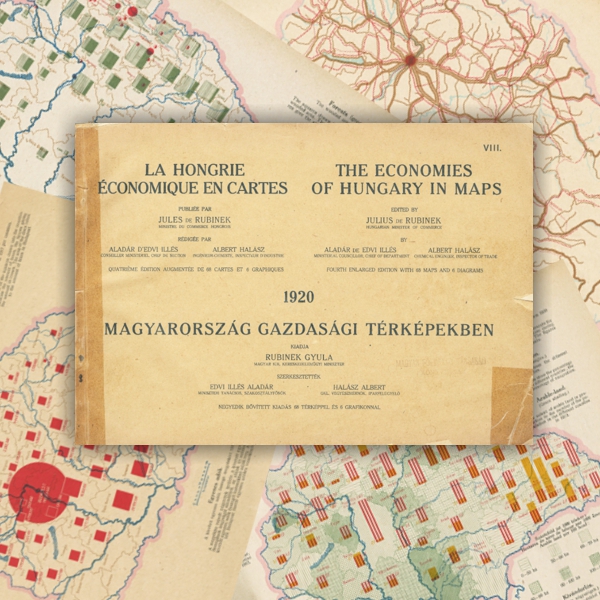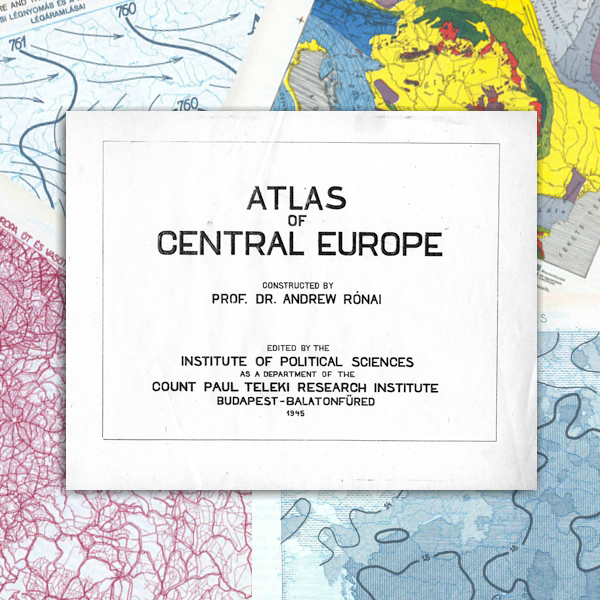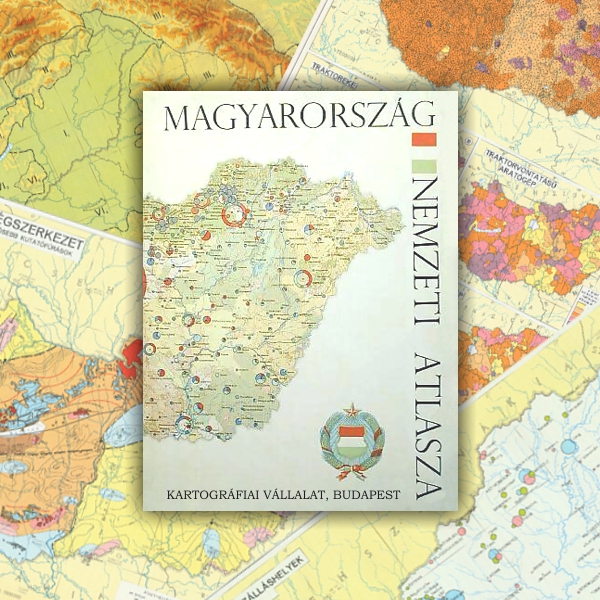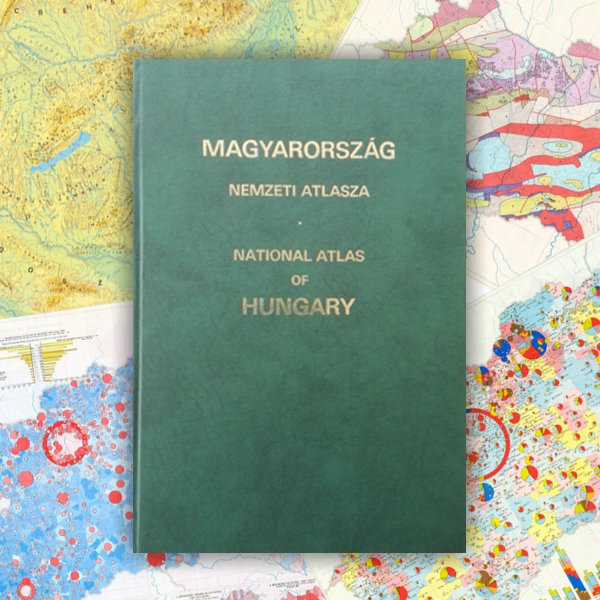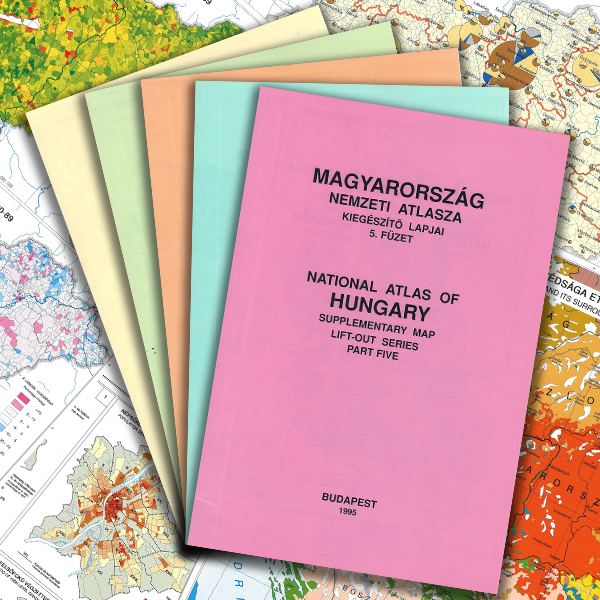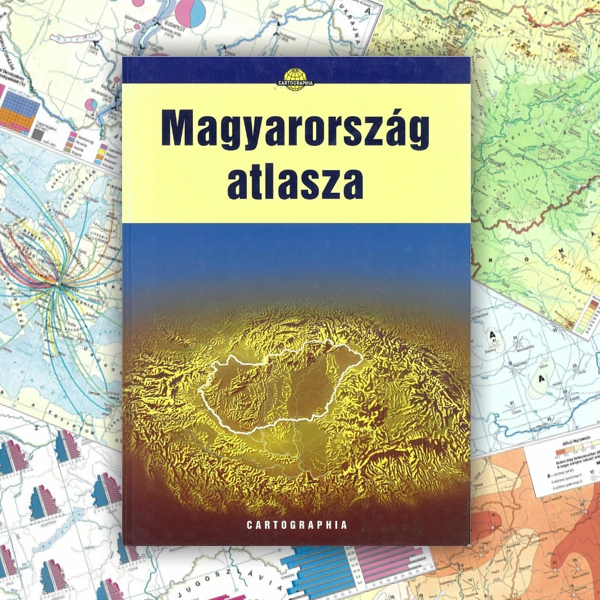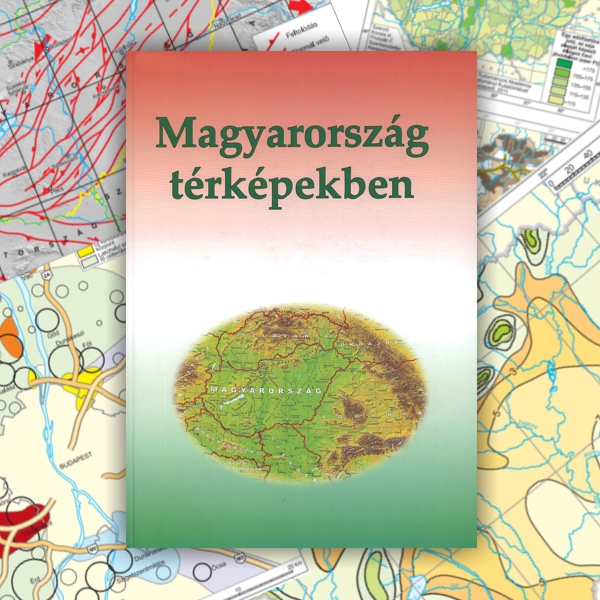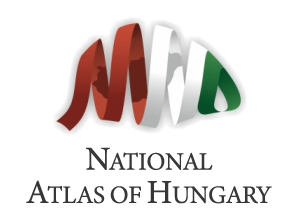Hungarian geographers and cartographers have always played a decisive role in developing knowledge about the country and in forming an image of Hungary and the Hungarian nation. After World War I, numerous geographic and cartographic works, including maps and series of maps, were published, mostly in French, English or German. These products presented the catastrophic effects of the Treaty of Trianon (1920) on Hungary and sought to justify a complete or partial restoration of the territorial integrity of the country. However, the first national atlas with a broad range of topics in the modern sense, was only published in the second half of the 20th century, in 1967. This was followed by a second edition with much richer content in 1989. The maps, with a few exceptions, concerned only the territory defined by the state boundaries of the Hungarian People's Republic. The editing of this volume was coordinated by the Geographical Research Institute of the Academy. The Institute, reacting to the rapidly changing social and economic conditions of Hungary 's political transition, published five booklets of supplementary pages to the atlas in 1994–1995. These maps were produced in a modern form and using digital technology.
Despite two decades of fundamental economic and social changes, the Republic of Hungary has not yet felt it justified to publish a new national atlas. Meanwhile, national atlases have been published one after the other throughout Europe, from Madrid to Moscow, Paris to Kiev, and Ljubljana to Warsaw. To meet public demand in Hungary, Cartographia Co. published a smaller collection of maps of Hungary in 1999. At the end of 2009 and in mid - 2011, the Academy and the Geographical Research Institute of the Academy each published a small atlas (Hungary in Maps) using their own financial resources. However, the two atlases are no substitutes for a modern (printed and digital) Hungarian national atlas.
The following contains short descriptions of Hungarian national atlases published in the past and of those thematic atlases that are considered their forerunners; they are all published in full as far as possible.

